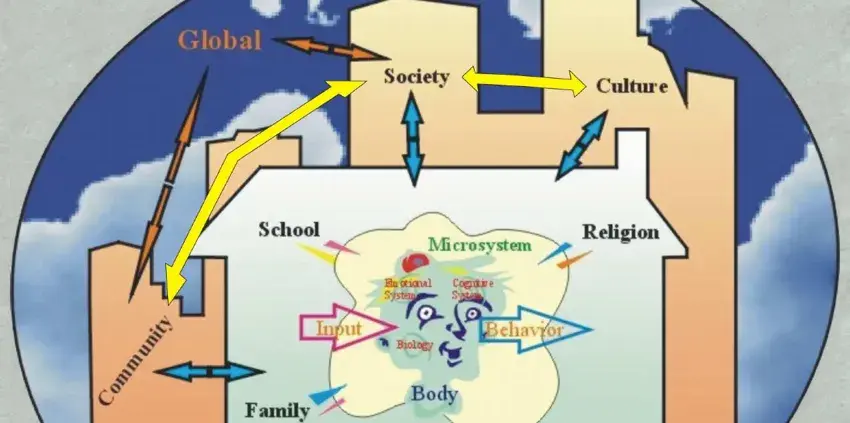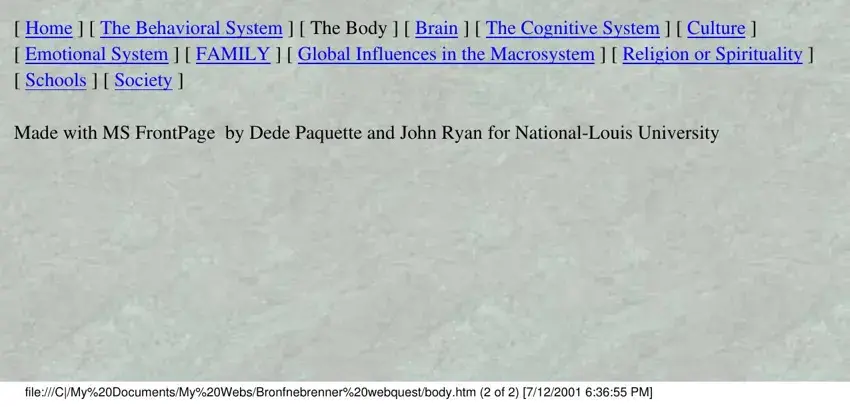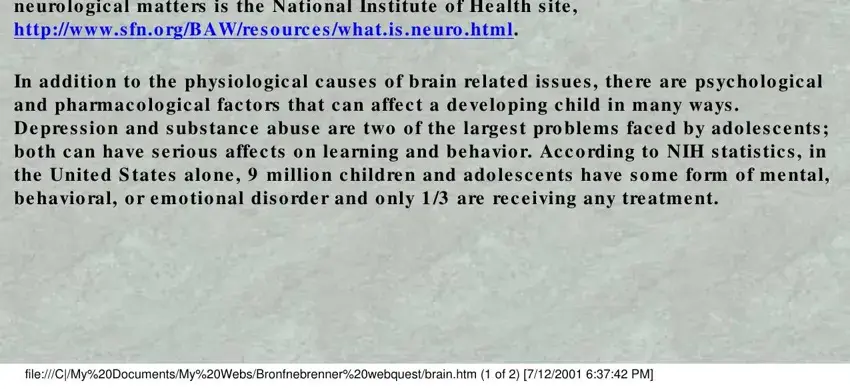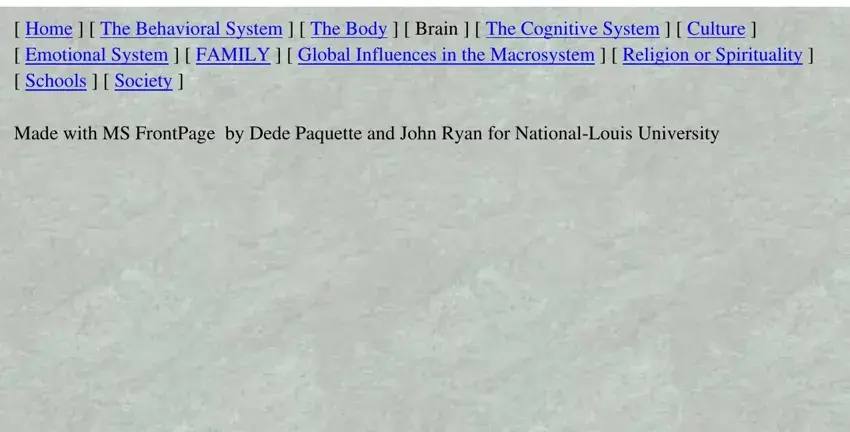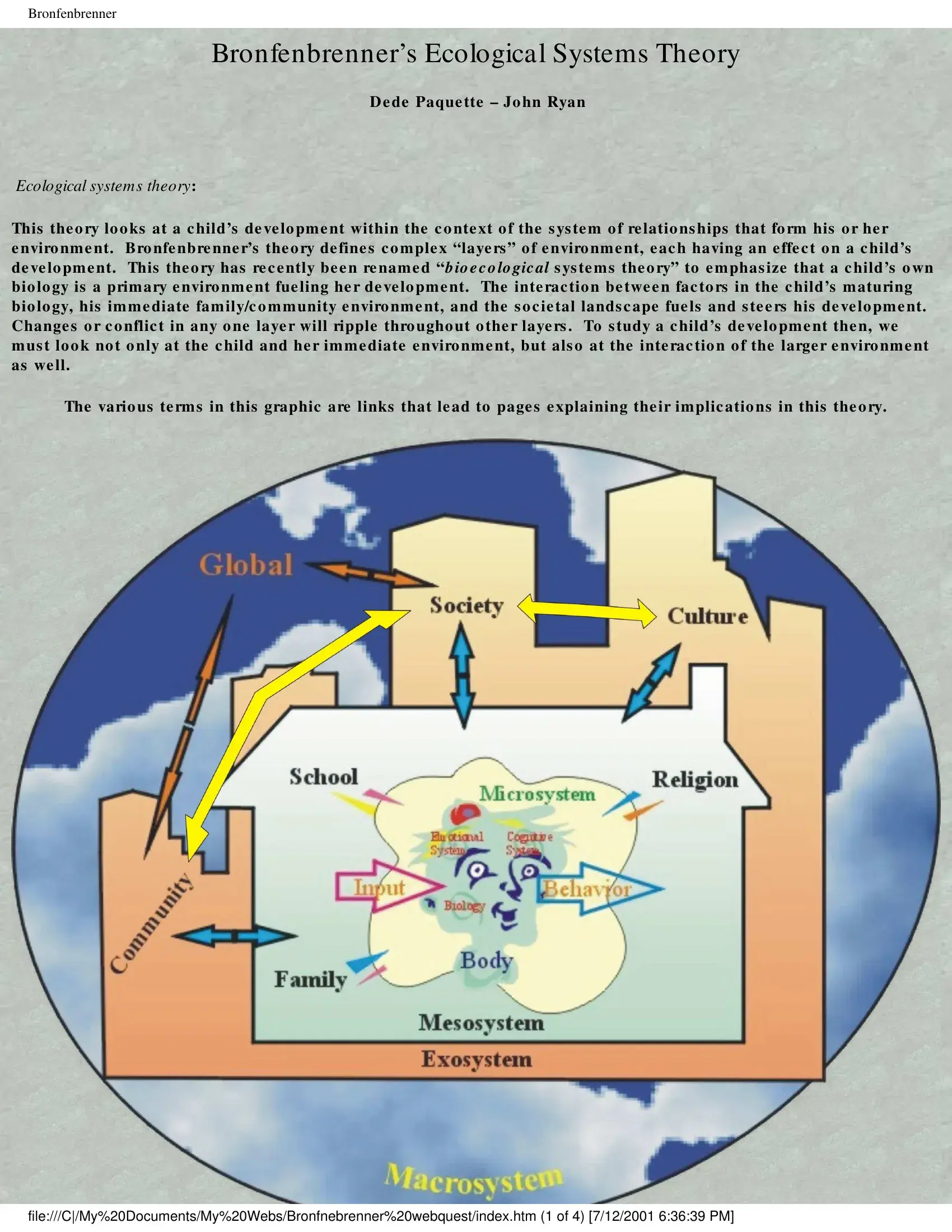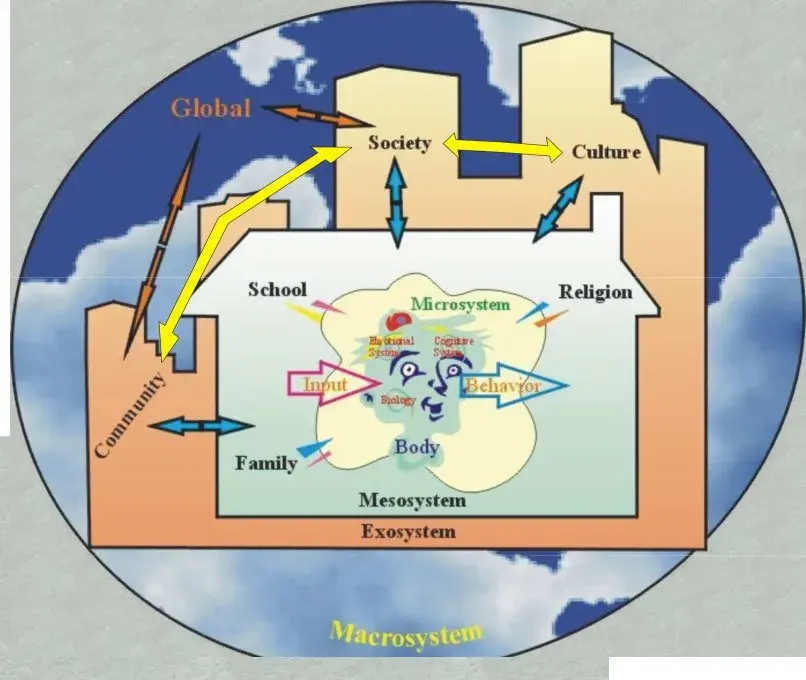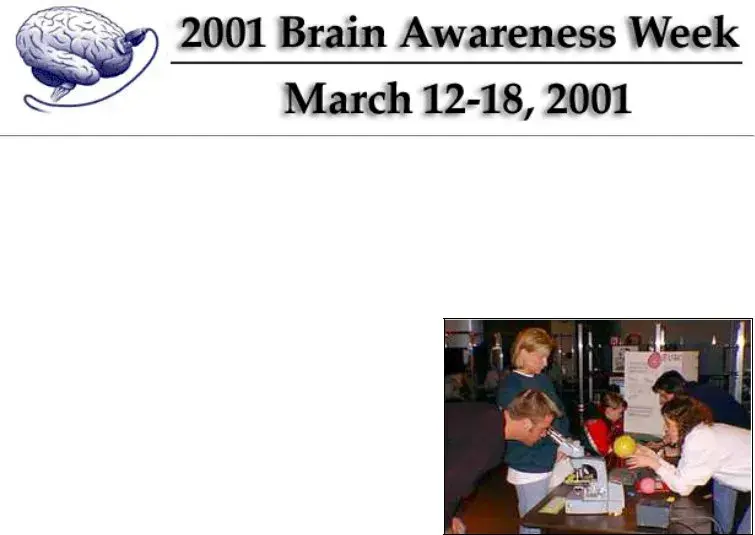Bronfenbrenner
de ve lo pme nt. Bro nfe nbre nne r’s e c o lo gic al s ys te ms the o ry fo c us e s o n the quality and c o nte xt o f the c hild’s
e nviro nme nt. He s tate s that as a c hild de ve lo ps , the inte rac tio n within the s e e nviro nme nts be c o me s mo re c o mple x. This c o mple xity c an aris e as the c hild’s phys ic al and c o gnitive s truc ture s gro w and mature . S o , give n that nature
c o ntinue s o n a give n path, ho w do e s the wo rld that s urro unds the c hild he lp o r hinde r c o ntinue d de ve lo pme nt? This is the que s tio n ans we re d by Bro nfe nbre nne r’s the o ry.
Urie Bro nfe nbre nne r, c o -fo unde r o f He ad S tart, us e s his bio e c o lo gic al mo de l to pro vide a s tartlingly c le ar vie w o f the pro ble ms we have be e n s e e ing in o ur s tude nts and in o ur familie s . He s ays that te c hno lo gy has c hange d o ur s o c ie ty, and while we are taking gre at pains to s afe guard the phys ic al e nviro nme nt fro m the damage do ne by a te c hno lo gy, we have s pe nt no re s o urc e s to pro vide s imilar s afe guards to the damage do ne to o ur s o c ie tal e nviro nme nt. (He nde rs o n,
1 9 9 5 ). Our e c o no my has s hifte d fro m an indus trial mo de l to a te c hno lo gic al mo de l, ye t the patte rns o f the wo rkplac e have c o ntinue d to re ly o n the fac to ry wo rk e thic . Pare nts are e xpe c te d to wo rk a s c he dule that re vo lve s aro und the fac to ry whis tle – e ve n tho ugh the y may wo rk in a high te c h o ffic e . The te c hno lo gy that e nable s wo rke rs to be fre e o f manual labo r, s ho uld als o fre e the m fro m the time and plac e bo undary. Ye t, o ur wo rk e thic de mands mo re fac e time
–no t le s s . As wo me n e nte re d the wo rk fo rc e , the y to o we re s ubje c t to the s ame de mands . Family life in this c o untry has take n a bac k s e at to the ne e ds o f the wo rkplac e .
Als o o f c o nc e rn to Bro nfe nbre nne r is the “de fic it” mo de l us e d to de te rmine the le ve l o f s uppo rt grante d by the public to s truggling familie s . Pare nts mus t de c lare the ms e lve s de fic ie nt in s o me way in o rde r to qualify fo r he lp in s o lving pro ble ms that may c o me abo ut be c aus e o f o ur c ultural value o f inde pe nde nc e . A large r de gre e o f failure me ans a large r amo unt o f s uppo rt. By wo rking fro m this de fic it mo de l, we e xpe c t familie s to ho ld the ir hands up fro m de e p ins ide a blac k ho le o f he lple s s ne s s . The n, we e xpe c t the m to have the ps yc ho lo gic al s tre ngth to c limb up the thin ro pe the thro w do wn.
Implications for practice
Bro nfe nbre nne r s e e s the ins tability and unpre dic tability o f family life we ’ve le t o ur e c o no my c re ate as the mo s t de s truc tive fo rc e to a c hild’s de ve lo pme nt (Addis o n, 1 9 9 2 ). Childre n do no t have the c o ns tant mutual inte rac tio n with impo rtant adults that is ne c e s s ary fo r de ve lo pme nt. Ac c o rding to the e c o lo gic al the o ry, if the re latio ns hips in the imme diate mic ro s ys te m bre ak do wn, the c hild will no t have the to o ls to e xplo re o the r parts o f his e nviro nme nt. Childre n lo o king fo r the affirmatio ns that s ho uld be pre s e nt in the c hild/pare nt (o r c hild/o the r impo rtant adult)
re latio ns hip lo o k fo r atte ntio n in inappro priate plac e s . The s e de fic ie nc ie s s ho w the ms e lve s e s pe c ially in ado le s c e nc e as anti-s o c ial be havio r, lac k o f s e lf-dis c ipline , and inability to pro vide s e lf-dire c tio n (Addis o n, 1 9 9 2 ).
This the o ry has dire implic atio ns fo r the prac tic e o f te ac hing. Kno wing abo ut the bre akdo wn o c c urring within
c hildre n’s ho me s , is it po s s ible fo r o ur e duc atio nal s ys te m to make up fo r the s e de fic ie nc ie s ? It s e e ms no w that it is ne c e s s ary fo r s c ho o ls and te ac he rs to pro vide s table , lo ng-te rm re latio ns hips . Ye t, Bro nfe nbre nne r be lie ve s that the primary re latio ns hip ne e ds to be with s o me o ne who c an pro vide a s e ns e o f c aring that is me ant to las t a life time .
This re latio ns hip mus t be fo s te re d by a pe rs o n o r pe o ple within the imme diate s phe re o f the c hild’s influe nc e .
S c ho o ls and te ac he rs fulfill an impo rtant s e c o ndary ro le , but c anno t pro vide the c o mple xity o f inte rac tio n that c an be pro vide d by primary adults . Fo r the e duc atio nal c o mmunity to atte mpt a primary ro le is to he lp o ur s o c ie ty c o ntinue its de nial o f the re al is s ue . The pro ble ms s tude nts and familie s fac e are c aus e d by the c o nflic t be twe e n the
wo rkplac e and family life – no t be twe e n familie s and s c ho o ls . S c ho o ls and te ac he rs s ho uld wo rk to s uppo rt the primary re latio ns hip and to c re ate an e nviro nme nt that we lc o me s and nurture s familie s . We c an do this while we wo rk to re alize Bro nfe nbre nne r’s ide al o f the c re atio n o f public po lic y that e as e s the wo rk/family c o nflic t (He nde rs o n, 1 9 9 5 ). It is in the be s t inte re s t o f o ur e ntire s o c ie ty to lo bby fo r po litic al and e c o no mic po lic ie s that s uppo rt the impo rtanc e o f pare nt’s ro le s in the ir c hildre n’s de ve lo pme nt. Bro nfe nbre nne r wo uld als o agre e that we s ho uld fo s te r s o c ie tal attitude s that value wo rk do ne o n be half o f c hildre n at all le ve ls : pare nts , te ac he rs , e xte nde d family,
me nto rs , wo rk s upe rvis o rs , le gis lato rs .
